WD40 Car Hacks: Unleash the Unexpected Power of This Household Staple!
Let’s face it, we all love a good life hack, especially when it comes to saving time and money on car maintenance. But did you know that the humble can of WD40 holds a treasure trove of solutions beyond just squeaky hinges? For decades, WD40 has been a staple in garages and workshops, known for its lubricating and rust-busting properties. But its uses extend far beyond the obvious. From removing stubborn bumper stickers to protecting your car’s exterior, WD40 is a surprisingly versatile tool.
I’m excited to share some incredible WD40 car hacks that will not only simplify your life but also help you keep your vehicle in tip-top shape. In this DIY guide, I’ll reveal some of the most ingenious and unexpected ways to use WD40 on your car. These aren’t just quick fixes; they’re clever solutions that can save you from costly repairs and frustrating situations. Whether you’re a seasoned car enthusiast or a complete novice, you’ll find these tips incredibly useful. So, grab a can of WD40, and let’s get started on transforming your car care routine!
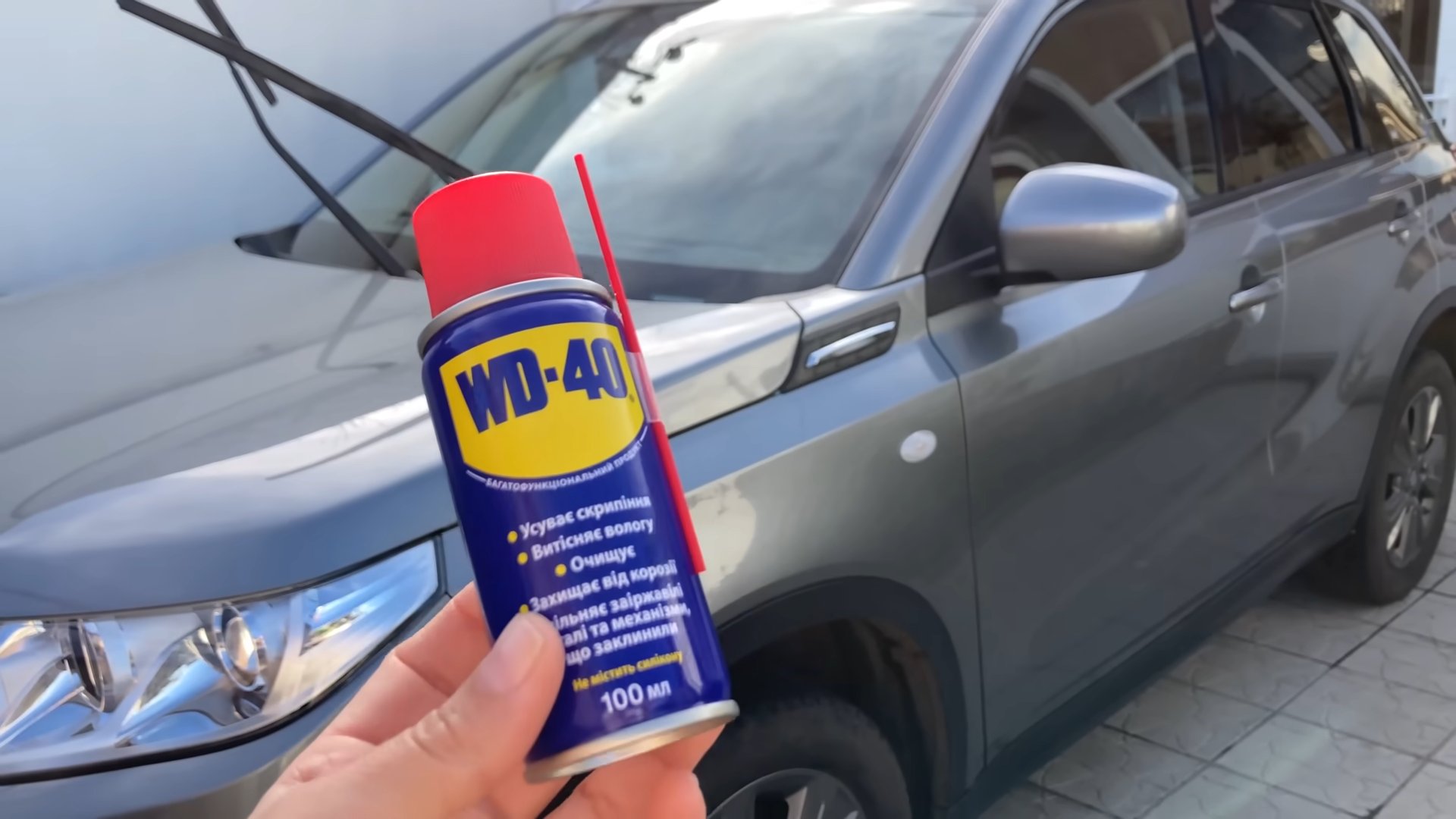
Unlock the Magic: Amazing Car Hacks with WD-40!
Hey there, fellow car enthusiasts! Ever wondered if that can of WD-40 sitting in your garage could do more than just silence squeaky hinges? Well, buckle up, because I’m about to reveal some mind-blowing car hacks using this magical lubricant. Get ready to be amazed!
Protecting Your Car’s Exterior
WD-40 isn’t just for fixing things; it’s also a fantastic protectant. Let’s dive into how you can use it to keep your car looking its best.
Removing Bugs and Tar
Those pesky bugs and stubborn tar spots can be a real pain to remove. But fear not, WD-40 is here to save the day!
1. Gather Your Supplies: You’ll need WD-40, a soft cloth (microfiber is best), and some water.
2. Spray the Affected Area: Liberally spray WD-40 onto the bug splatters or tar spots. Make sure you cover the entire area.
3. Let it Sit: Allow the WD-40 to sit for a few minutes (around 5-10 minutes should do the trick). This gives it time to penetrate and loosen the grime.
4. Wipe it Away: Using your soft cloth, gently wipe away the WD-40 and the dissolved bugs or tar. You might need to apply a little pressure for tougher spots.
5. Rinse and Wash: Rinse the area with water and then wash your car as usual to remove any remaining WD-40 residue. This will prevent any potential damage to your paint over time.
Cleaning Road Grime and Salt
Winter driving can leave your car covered in road grime and salt, which can lead to rust. WD-40 can help prevent that!
1. Prepare Your Car: If your car is heavily soiled, give it a quick rinse to remove loose dirt.
2. Apply WD-40: Spray WD-40 onto the affected areas, focusing on the lower panels, wheel wells, and any areas prone to salt accumulation.
3. Let it Soak: Allow the WD-40 to sit for a few minutes to loosen the grime and salt.
4. Wipe Clean: Use a clean cloth to wipe away the WD-40 and the dissolved grime.
5. Wash Your Car: Wash your car thoroughly to remove any remaining WD-40 residue.
Protecting Your Paint from the Elements
While not a replacement for a proper wax, WD-40 can provide a temporary layer of protection against the elements.
1. Wash and Dry Your Car: Make sure your car is clean and completely dry before applying WD-40.
2. Apply a Light Coat: Spray a light coat of WD-40 onto a clean microfiber cloth.
3. Wipe it On: Gently wipe the cloth over your car’s paint, applying a thin, even layer of WD-40.
4. Buff it Out: Use a clean, dry microfiber cloth to buff the surface, removing any excess WD-40 and leaving a smooth, shiny finish. Remember, this is a temporary solution and should not replace regular waxing.
Interior Car Care with WD-40
Believe it or not, WD-40 can also be used to tackle some interior car care tasks.
Removing Sticky Residue
Got sticky residue from old stickers or spilled drinks? WD-40 to the rescue!
1. Spray the Residue: Spray a small amount of WD-40 onto the sticky residue.
2. Let it Sit: Allow it to sit for a few minutes to soften the adhesive.
3. Wipe it Away: Use a clean cloth to wipe away the residue. You might need to scrub gently for tougher spots.
4. Clean the Area: Clean the area with a mild soap and water solution to remove any remaining WD-40.
Cleaning Leather Seats (Use with Caution!)
Important Note: WD-40 can potentially damage leather, so test it on an inconspicuous area first! If it doesn’t cause any discoloration or damage, proceed with caution.
1. Test a Small Area: Spray a tiny amount of WD-40 onto a clean cloth and gently rub it on a hidden area of your leather seat. Wait a few minutes to see if there are any adverse reactions.
2. Apply Sparingly: If the test is successful, spray a small amount of WD-40 onto a clean cloth.
3. Wipe the Seats: Gently wipe the cloth over your leather seats, focusing on areas with dirt or stains.
4. Wipe with a Clean Cloth: Use a clean, dry cloth to wipe away any excess WD-40.
5. Condition the Leather: After cleaning with WD-40, it’s essential to condition your leather seats with a dedicated leather conditioner to restore moisture and prevent cracking.
Lubricating Car Door Locks and Hinges
Sticking door locks and squeaky hinges are annoying. WD-40 can fix that!
1. Spray the Lock: Insert the WD-40 straw into the door lock and spray a short burst of WD-40.
2. Insert and Remove Key: Insert and remove your key several times to distribute the lubricant.
3. Spray the Hinges: Spray WD-40 onto the door hinges, making sure to get into all the moving parts.
4. Open and Close the Door: Open and close the door several times to work the lubricant into the hinges.
Solving Car Troubles with WD-40
WD-40 can be a lifesaver when you’re dealing with minor car troubles.
Loosening Rusted Bolts and Screws
Rusted bolts and screws can be a nightmare to remove. WD-40 can help loosen them up.
1. Apply WD-40: Spray WD-40 directly onto the rusted bolt or screw.
2. Let it Soak: Allow the WD-40 to soak for at least 15-20 minutes, or even longer for heavily rusted parts.
3. Tap Gently: Gently tap the bolt or screw with a hammer to help the WD-40 penetrate the rust.
4. Try to Loosen: Use a wrench or screwdriver to try to loosen the bolt or screw. If it’s still stuck, apply more WD-40 and let it soak longer.
5. Repeat if Necessary: Repeat the process until the bolt or screw loosens.
Preventing Corrosion on Battery Terminals
Corrosion on battery terminals can prevent your car from starting. WD-40 can help prevent this.
1. Disconnect the Battery: Disconnect the negative terminal first, followed by the positive terminal.
2. Clean the Terminals: Clean the battery terminals with a wire brush or a battery terminal cleaner.
3. Apply WD-40: Spray a light coat of WD-40 onto the cleaned battery terminals.
4. Reconnect the Battery: Reconnect the positive terminal first, followed by the negative terminal.
Waterproofing Distributor Cap (Emergency Situation Only!)
If your car won’t start in wet weather, moisture in the distributor cap might be the culprit. WD-40 can provide a temporary fix. This is a temporary solution and should not be used as a permanent fix.
1. Locate the Distributor Cap: Locate the distributor cap on your engine.
2. Spray WD-40: Spray WD-40 onto the distributor cap, making sure to cover all the surfaces.
3. Try to Start the Car: Try to start the car. If it starts, drive it to a mechanic to have the distributor cap properly inspected and repaired.
Freeing a Stuck Accelerator Cable
A stuck accelerator cable can be dangerous. WD-40 can help free it up.
1. Locate the Accelerator Cable: Locate the accelerator cable under the hood of your car.
2. Apply WD-40: Spray WD-40 onto the cable and its connections.
3. Work the Cable: Manually work the accelerator cable back and forth to distribute the lubricant.
4. Test the Accelerator Pedal: Test the accelerator pedal to make sure it moves freely. If it’s still stuck, repeat the process or take your car to a mechanic.
Important Safety Precautions
Before you start using WD-40 on your car, keep these safety precautions in mind:
* Ventilation: Always use WD-40 in a well-ventilated area.
* Flammability: WD-40 is flammable, so keep it away from open flames and sparks.
* Eye Protection: Wear eye protection to prevent WD-40 from getting into
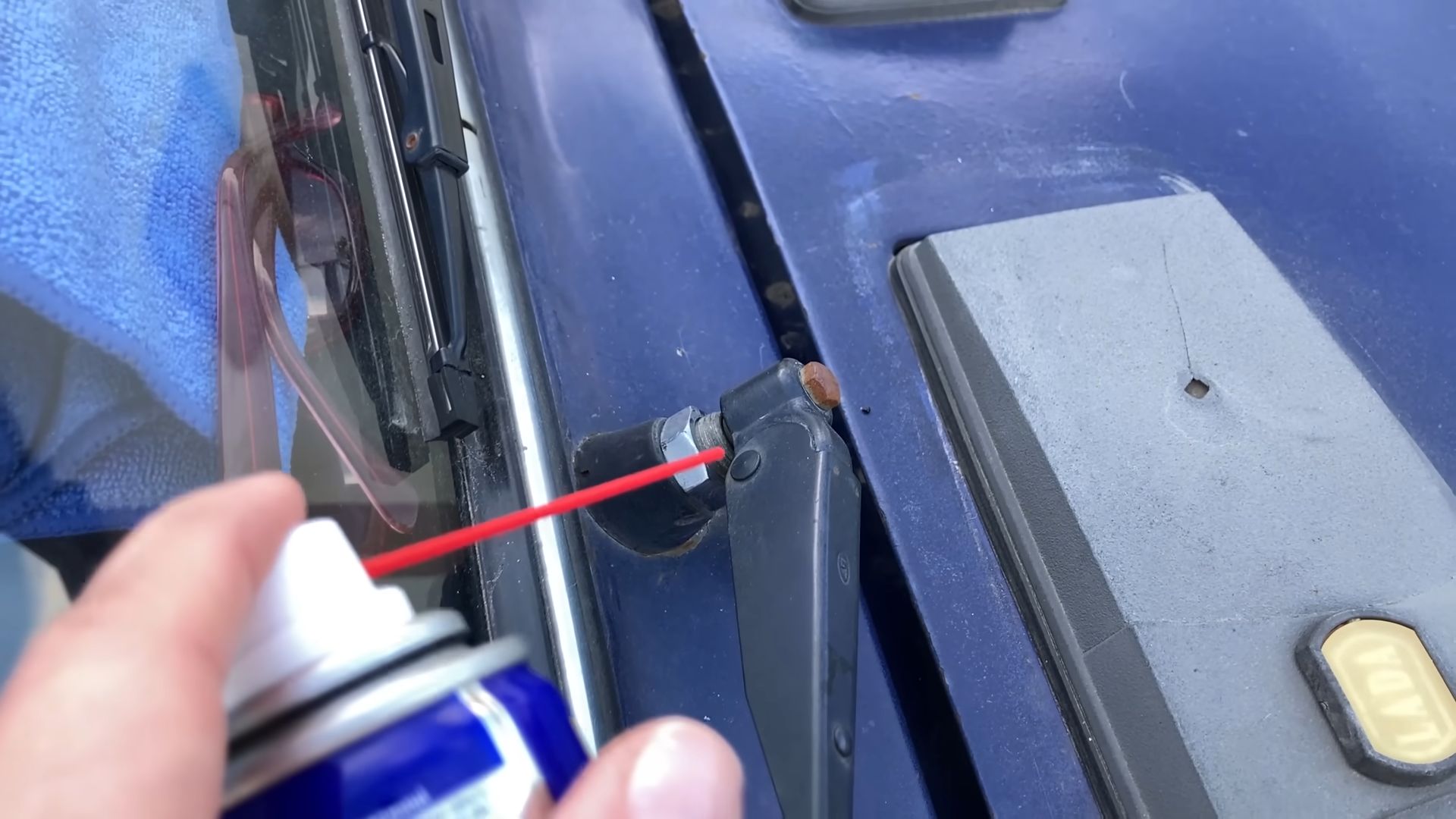
Conclusion
So, there you have it – a collection of incredible WD40 car hacks that can truly transform your vehicle maintenance routine and solve everyday annoyances. From banishing stubborn bug splatters to lubricating sticky locks and protecting your car’s exterior from the elements, WD40 proves itself to be more than just a lubricant; it’s a versatile problem-solver that every car owner should have in their arsenal.
But why is this DIY approach a must-try? Simply put, it’s about efficiency, cost-effectiveness, and empowerment. Instead of shelling out money for specialized cleaning products or expensive professional services, you can leverage the power of WD40 to achieve comparable, and sometimes even superior, results. You’re taking control of your car’s upkeep, saving money in the process, and gaining a deeper understanding of how to care for your vehicle.
Beyond the hacks we’ve already discussed, consider these variations and additional suggestions:
* Rust Prevention Power-Up: WD40 isn’t just for removing existing rust; it’s also a fantastic preventative measure. Apply a light coat to exposed metal parts, especially in areas prone to moisture, to ward off rust formation. Think hinges, undercarriage components, and even battery terminals.
* Interior Detailing Assistant: While WD40 is primarily known for its exterior applications, it can also be used sparingly to remove scuff marks from plastic interior panels. Just be sure to test it in an inconspicuous area first and wipe away any excess residue immediately.
* Winter Weather Warrior: Before winter hits, spray WD40 on your door seals to prevent them from freezing shut. This simple step can save you a lot of frustration on those frosty mornings.
* Tire Shine Alternative: For a quick and easy tire shine, spray WD40 onto a clean cloth and wipe down your tires. This will give them a glossy appearance without the greasy residue of some commercial tire shine products. Remember to avoid spraying directly onto the tire treads.
The beauty of these WD40 car hacks lies in their simplicity and accessibility. You don’t need to be a mechanic or a DIY expert to implement them. All you need is a can of WD40 and a willingness to experiment. However, always remember to exercise caution and follow safety guidelines when working with any chemical product. Wear gloves, work in a well-ventilated area, and avoid spraying WD40 on brake components or other critical safety systems.
We wholeheartedly encourage you to try these WD40 car hacks and discover the transformative power of this multi-purpose product. We are confident that you’ll be amazed by the results. Don’t just take our word for it; put these tips to the test and see for yourself how WD40 can simplify your car care routine and save you time and money.
But the journey doesn’t end here! We want to hear about your experiences. Did you try one of these hacks and achieve amazing results? Did you discover a new and innovative use for WD40 on your car? Share your stories, tips, and tricks in the comments section below. Let’s build a community of car enthusiasts who are passionate about finding creative and effective solutions for vehicle maintenance. Your insights could help other readers unlock the full potential of WD40 and keep their cars running smoothly for years to come. So, grab a can of WD40, get to work, and let us know what you discover!
FAQ
What exactly is WD40, and why is it so versatile?
WD40 is a petroleum-based solvent that was originally developed to displace water and prevent corrosion. Its unique formula gives it a wide range of properties, including lubrication, penetration, cleaning, and protection. This combination of features makes it incredibly versatile for various applications, including car maintenance. It’s not just a lubricant; it’s a multi-purpose solution that can tackle a variety of problems.
Is WD40 safe to use on all car surfaces?
While WD40 is generally safe for use on most car surfaces, it’s always a good idea to test it in an inconspicuous area first, especially on painted surfaces, plastics, and rubber. Avoid spraying WD40 directly onto brake components, electrical connections, or other critical safety systems. Also, be mindful of overspray and wipe away any excess residue immediately.
Can WD40 damage my car’s paint?
WD40 is generally considered safe for use on car paint, but prolonged exposure or excessive application could potentially dull the finish. It’s best to use it sparingly and wipe it off promptly after application. If you’re concerned about potential damage, test it in a small, hidden area first. For long-term paint protection, consider using dedicated car wax or sealant products.
How often should I apply WD40 to my car?
The frequency of WD40 application depends on the specific application and environmental conditions. For example, if you’re using it to lubricate door hinges, you may only need to apply it every few months. However, if you’re using it to protect against rust in a harsh environment, you may need to apply it more frequently. Observe the treated areas and reapply as needed.
Can WD40 really remove bug splatters from my car?
Yes, WD40 is surprisingly effective at removing stubborn bug splatters from your car’s paint, glass, and chrome. The solvent in WD40 helps to break down the dried-on residue, making it easier to wipe away. Simply spray WD40 onto the affected area, let it sit for a few minutes, and then wipe it clean with a soft cloth.
Is WD40 a good substitute for dedicated car cleaning products?
While WD40 can be a useful tool for certain car cleaning tasks, it’s not a complete substitute for dedicated car cleaning products. For example, WD40 can be used to remove bug splatters and tar, but it’s not a replacement for car wash soap. Similarly, it can be used to lubricate door hinges, but it’s not a replacement for specialized lubricants designed for specific car components. Use WD40 strategically for specific tasks, but don’t rely on it as a one-size-fits-all solution.
What safety precautions should I take when using WD40?
When using WD40, it’s important to work in a well-ventilated area, wear gloves to protect your skin, and avoid spraying it near open flames or heat sources. WD40 is flammable, so it’s important to handle it with care. Also, avoid inhaling the fumes and keep it out of reach of children.
Can WD40 help with squeaky car doors?
Absolutely! WD40 is an excellent lubricant for silencing squeaky car doors. Simply spray it onto the hinges, latches, and other moving parts of the door. Work the door back and forth to distribute the lubricant evenly. This should eliminate the squeaking and make the door operate smoothly.
Will WD40 fix a sticky car lock?
Yes, WD40 can often free up a sticky car lock. The penetrating properties of WD40 help to dissolve dirt, grime, and rust that may be causing the lock to stick. Spray WD40 into the keyhole and work the key in and out to distribute the lubricant. You may need to repeat this process several times to fully free up the lock.
Where can I buy WD40?
WD40 is widely available at most hardware stores, auto parts stores, and general merchandise retailers. You can also purchase it online from various e-commerce websites. It’s a readily accessible product that’s easy to find.

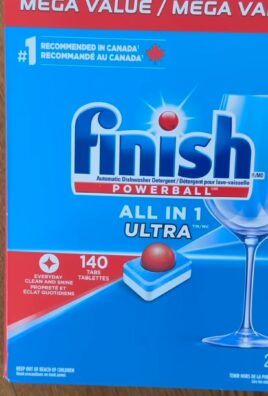
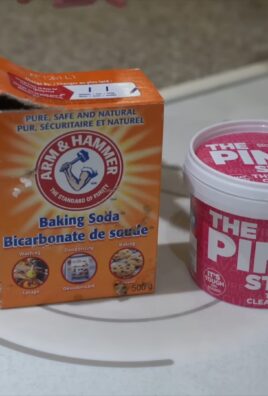
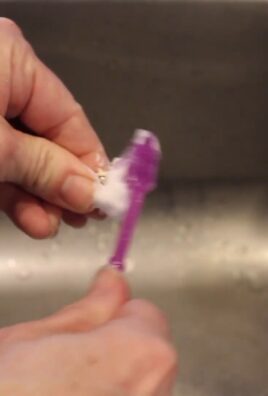
Leave a Comment